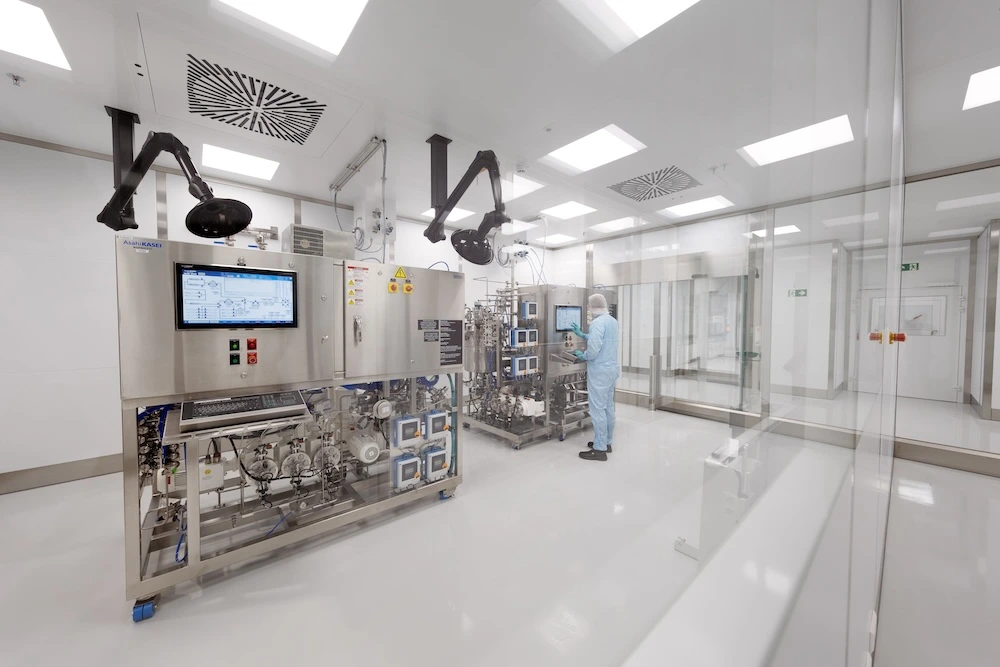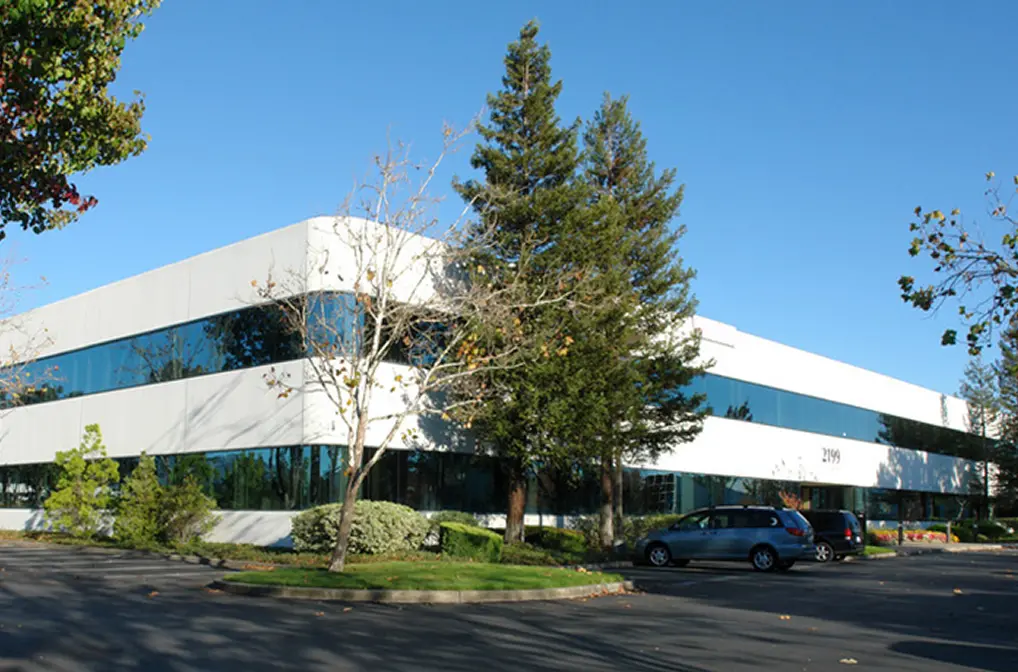Dr. Alexander Zahiri
Executive Vice President at LGC, General Manager for Axolabs

We have spent the past two decades in helping to pioneer the nucleic acid therapeutics landscape. With a legacy rooted in groundbreaking work from Ribopharma, Alnylam, and Roche.
Our expertise spans discovery to large-scale production, ensuring excellence at every step and through a validated pathway. Our people are our backbone of success, and our commitment to science is second to none.

At Axolabs, leadership is about enabling teams to do their best work. Our leaders work alongside experts across the organisation to advance the future of nucleic acid therapeutics.
Executive Vice President at LGC, General Manager for Axolabs
Alex joined LGC as Executive Vice President & General Manager for Axolabs in August 2024.
Alex most recently served as Vice President (VP) & Global Business Unit Head, Innovator Products & Solutions at Johnson Matthey (a CDMO business). Prior to this role, he held a range of senior commercial leadership roles at Lonza AG, VWR (part of Avantor) and Sigma-Aldrich. Alex started his career working as a scientist in the pharmaceutical industry. With a HBSc and MSc from the University of Toronto, Alex also has a doctorate in molecular biology from the International Max-Planck Research School at the University of Marburg, Germany.
Vice President, Head of Research & Development
Philipp studied Chemistry at the Technical University of Graz, Austria. After earning his doctoral degree, he started his industry career in 2000 at Ribopharma AG and held positions of increasing responsibility at Alnylam Europe AG. After Roche’s acquisition of Alnylam’s European site, Philipp served as Director of Chemistry at Roche’s Centre of Excellence for RNA Therapeutics and was promoted to Senior Director of Chemistry at Axolabs. Philipp has published 40 peer-reviewed articles and is a named inventor on more than 20 patents.
Vice President, Head of Operations CRO
Ingo started his career as Research Associate at the Riedel de Haën AG. He then studied Chemistry and, after completion of his Ph.D. at the University of Oldenburg, worked as Scientist at the Noxxon Pharma AG.
Ingo joined Alnyam Europe AG in 2003 where he served as Head of Analytics and built up the analytical department. He held a position as Associate Director at the Roche Kulmbach GmbH and as Senior Director Analytics and Bioanalytics at the Axolabs Kulmbach GmbH.
Ingo has more than 20 years of experience in the field of RNA drug development and (bio-) analytics. He has published more than 20 peer-reviewed articles and book chapters and is inventor on more than 10 patent applications.
Vice President, Head of Operations CDMO
Peter joined Axolabs as Vice President, CDMO Operations in January 2025.
Peter most recently served as Vice President Manufacturing at CureVac, where he helped transform the company from a research and clinical-stage organisation into a commercial mRNA manufacturer. During his time at CureVac, he led and executed a €160 million greenfield project to establish a new commercial manufacturing facility. Prior to this, Peter held a range of senior operations and manufacturing leadership roles at Roche and Vetter Pharma (a CDMO business), gaining extensive experience in large-scale pharmaceutical drug substance and drug product manufacturing environments.
Originally from Bad Friedrichshall, Germany, Peter is now based in Berlin, where he also serves as Site Lead for Axolabs’ new GMP oligonucleotide manufacturing facility.
Vice President, Head of Business Development
Laurent joined LGC in February 2025 as Vice President, Head of Global Commercial CDMO for Axolabs. Prior to this, he served as Chief Commercial Officer at Euroapi, a Sanofi spin-off. He also held senior commercial leadership positions at several notable organisations, including, Johnson Matthey Health (CDMO division) and Seqens. Laurent began his career as a Sales Manager in the excipients business. Laurent, who holds a master’s degree in both Business Administration and Biochemistry from Paris – Sorbonne University, brings with him a wealth of commercial leadership experience leading global commercial teams within the CDMO space.
From discovery hubs to GMP-certified production sites, Axolabs’ facilities are built to support nucleic acid therapeutics development. Our global presence includes state-of-the-art sites in Kulmbach, Berlin, and Petaluma, with each site specialising in a specific phase of your journey.



Join a global leader in oligonucleotide research and development. At Axolabs, you’ll work with state-of-the-art technologies, collaborate with world-class experts, and contribute to shaping the future of nucleic acid therapeutics. Explore career opportunities today.